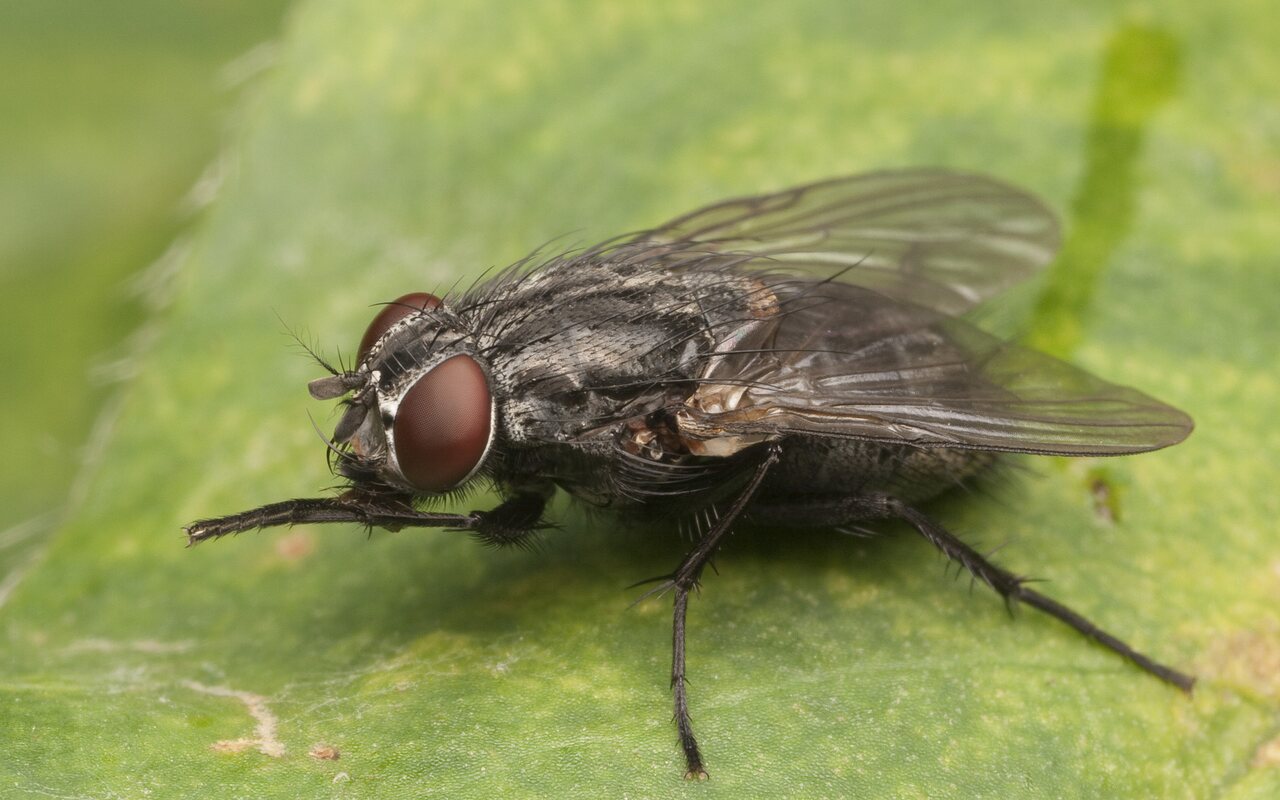
Muscidae · tikramusės
- house flies, stable flies
- Echten Fliegen
- tikramusės, tikrosios musės
- mušu dzimta
- muchowate
en.wikipedia.org/wiki/Muscidae Most species are not synanthropic. Adults can be predatory, hematophagous, saprophagous, or feed on a number of types of plant and animal exudates. They can be attracted to various substances including sugar, sweat, tears and blood. Larvae occur in various habitats including decaying vegetation, manure, dry and wet soil, nests of insects and birds, fresh water, and carrion. The housefly, Musca domestica, is the best known species. Adults of many species are passive vectors of pathogens for diseases such as typhoid fever, dysentery, anthrax, and African sleeping sickness.‥